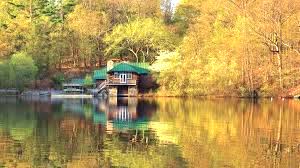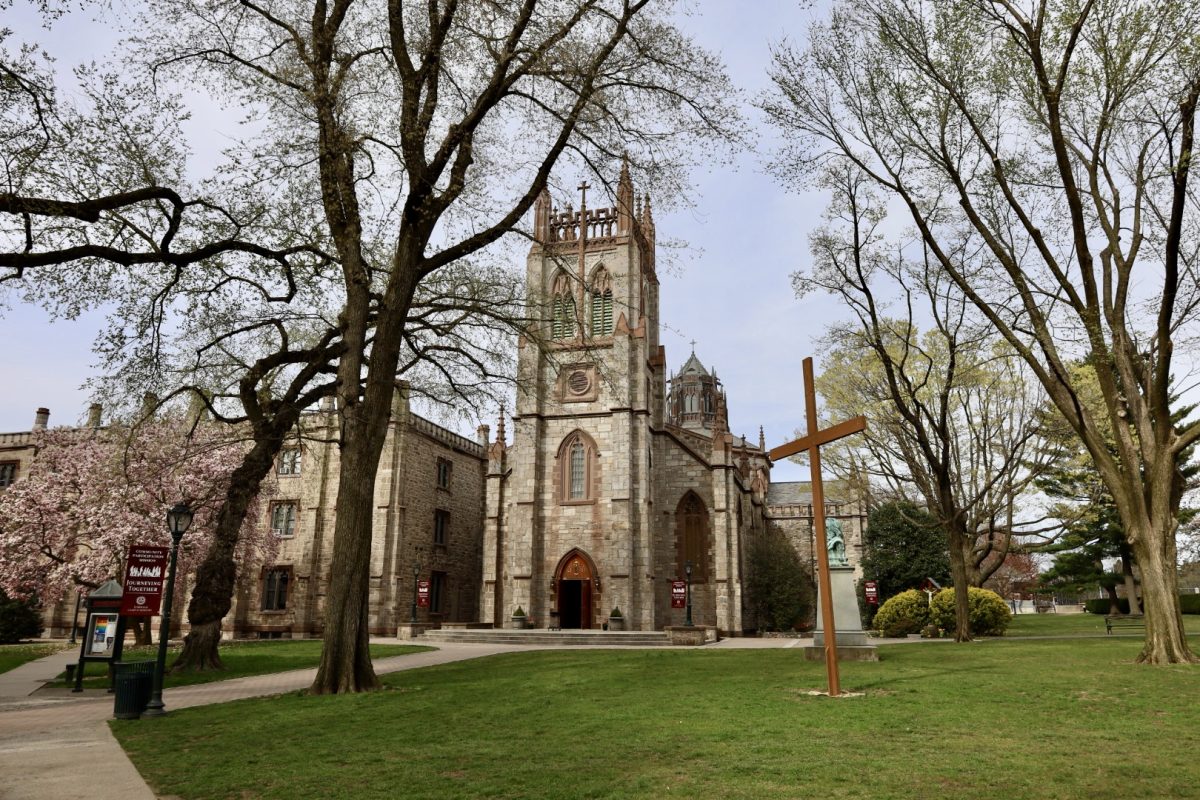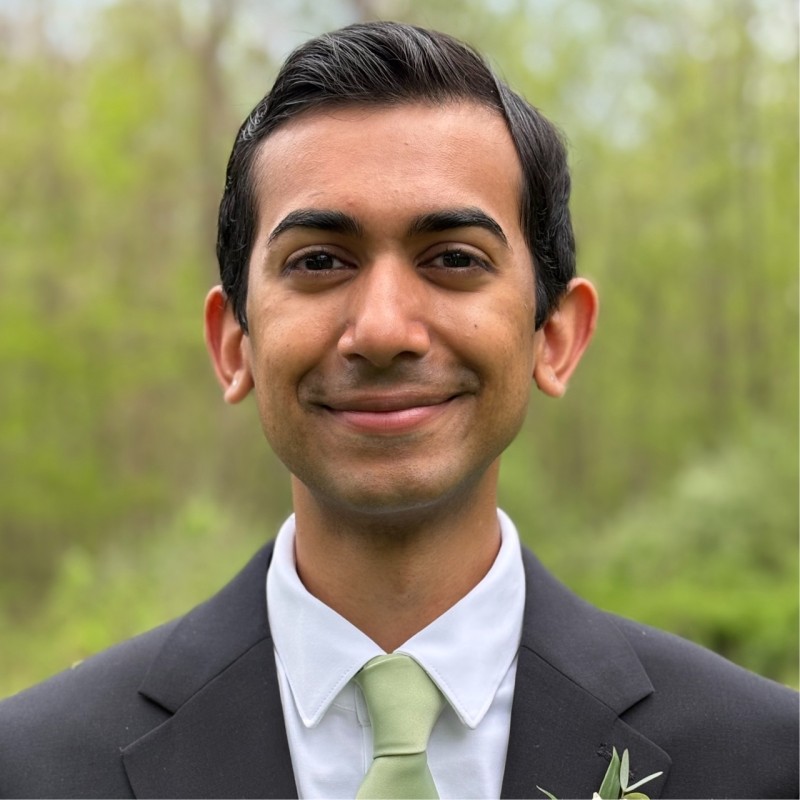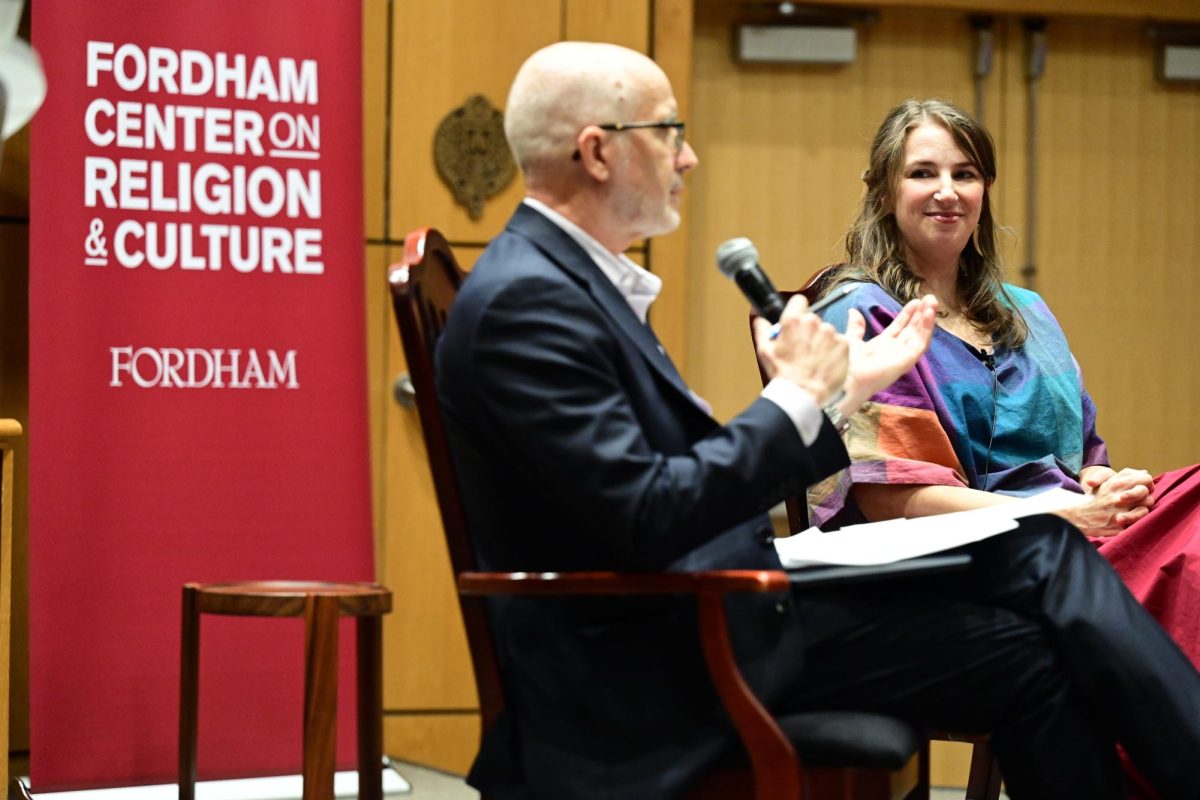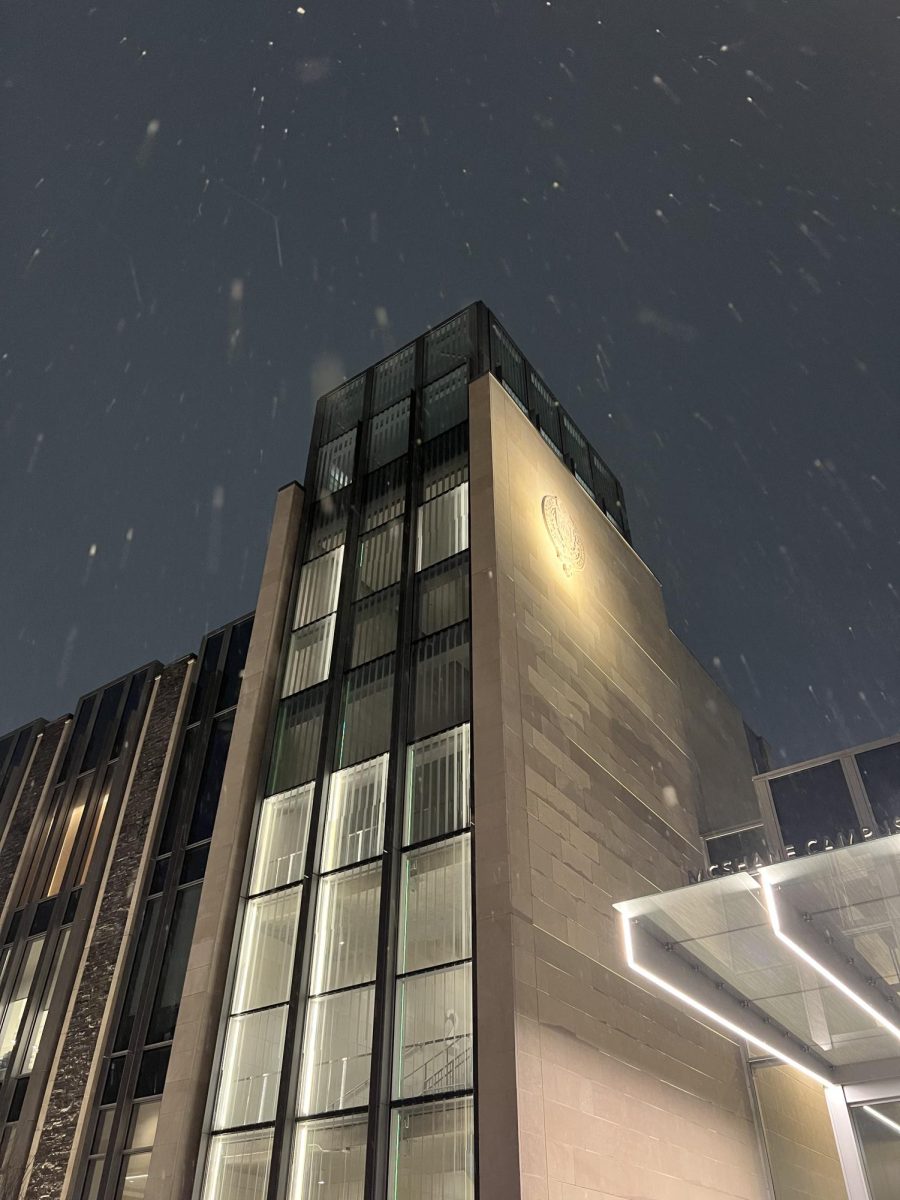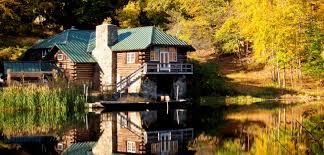By Julia Rist
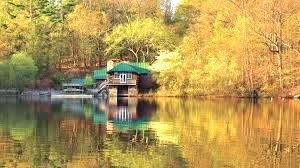
When Fordham students are interested in studying biology away from the city, they have the option of heading up to a facility in Armonk, New York to a place known as the Louis Calder Center. There, they have the opportunity to get hands-on experience in being a field researcher.
John Wehr, Ph.D., a biology professor and an on-site faculty member at the Calder Center, said the laboratory allows students to get an in-depth look at what field research is really like.
“The Calder Center is the ideal location to conduct ecological research, with both field and laboratory facilities for a wide range of studies,” Wehr said. “The station also has a lake on the property, which can serve as a living laboratory for aquatic research.”
According to the Calder Center’s website, the facility allows students to take on research projects that they would not normally have the opportunity to pursue if they were conducting their studies in the Bronx.
“Students are instructed in methods and conduct scientific research in relatively undisturbed ecosystems, yet near an urban center,” said Wehr. “The station also provides the first opportunities for many urban students to examine the natural world firsthand. The field station has a long record of providing undergraduate students close collaborations with Fordham faculty members and opportunities to conduct their experimental studies to test ecological theory and learn about impacts of human disturbance on natural systems.”
Over the course of the summer, Wehr, who specializes in freshwater ecology and phycology research, oversaw the research of Blair Brunetti, FCRH ’20. Brunetti was studying harmful algae blooms, commonly referred to as HABs.
Brunetti examined if it was possible to detect early-developing blooms, specifically cyanobacteria blooms, which is a type of HAB. With the help of her mentor, Michael Kausch, a Ph.D. student in the biology department, Brunetti developed a pigment-based method to find these growing organisms.
Wehr said that these HABs can have a detrimental impact on the environment.
“HABs affect lakes worldwide that receive excessive nutrients from anthropocentric [human] sources like urbanization and agriculture,” said Wehr. “Blooms disrupt aquatic food-webs, reduce water quality and hinder recreational uses of lakes. A few HABs produce toxins.”
The Environmental Protection Agency (EPA) classifies harmful algae blooms as a type of bacteria. EPA researchers concluded on their website that although people should stay away from specific types of algae, scientists are still trying to lessen the negative effects that can occur when people come into contact with it.
“Most species of algae are not harmful, but sometimes certain types bloom in excessive amounts and can cause harm to human and pet health, aquatic ecosystems and local economies,” reads the website. “These harmful algal blooms (HABs), usually associated with algae that produce toxins, cause problems across the nation.”
Brunetti and Kausch conducted their research by collecting water samples from local lakes around the Calder Center.
Wehr said that the team’s goal was to help future scientists better discern what HABs look like at their earliest stages.
“Blair and Michael aimed to produce a reliable method to better monitor and predict HABs,” Wehr said.
They plan to publish their work online later in the year.
Although Wehr just mentored one undergraduate student in his lab, there were numerous research projects going on throughout the Calder Center.
Several students received a $5,000 stipend from Fordham which funded their research at the Calder Center. Students spend 10 weeks of their summer designing their own research project and attending short classes on how to conduct ecological field research. Research projects cover a variety of topics, from studying the genetics of bacteria to looking at how forests respond to different stressors.
The Louis Calder Center’s mission statement says that the center was created to better help students get more scientific research experience in a place where they can learn from experienced scientists and their peers alike.
“[The mission of the Calder Center is to] provide opportunities to study the connections between human actions and the changing landscape in laboratories, integrated within a field environment, provide hands-on education for students of diverse backgrounds and academic levels [and] enable our researchers to engage the broader community in scientific understanding of the environment.”
Wehr said he believes the Calder Center is a scientific research facility unlike anything that is offered at any other college because it combines both field work and lab work.
“It is a field station, and as such the field and laboratory are part of an integrated whole,” Wehr said.





































































































































































































